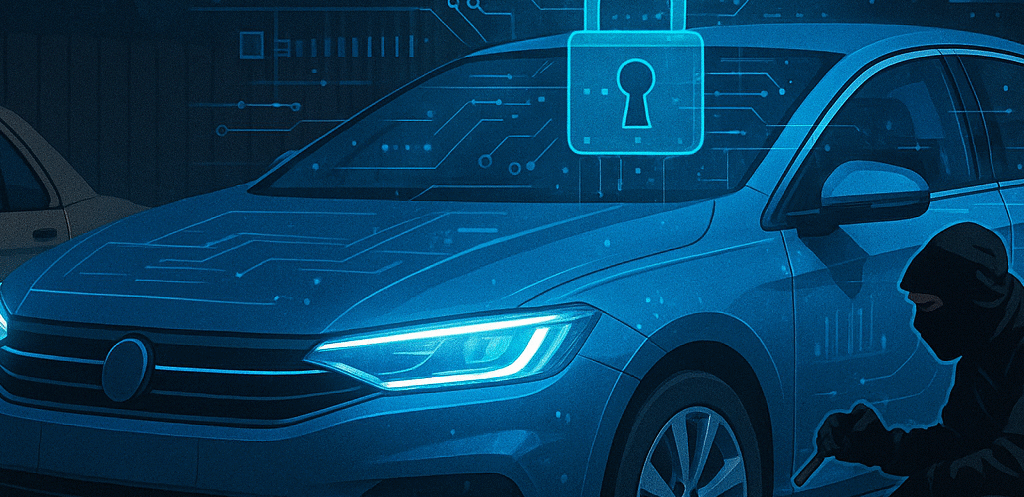As the UK moved into the 2020s and beyond, the landscape of car theft continues to evolve. While the overall number of vehicle thefts remains relatively low compared to previous decades, new challenges and threats are emerging, particularly in the realm of technology. The ongoing development of connected and autonomous vehicles, as well as the increasing use of electronic and cyber-attacks, presents both opportunities and risks for vehicle security.
The 2020s have seen a continuation of the trends that emerged in the previous decade, seemingly with a focus on electronic and cyber-theft of vehicles. Keyless car theft, is claimed, remains one of the most common methods of vehicle crime, with criminals using increasingly sophisticated techniques to intercept signals and gain access to vehicles.
In addition to keyless car theft, the 2020s have also seen a rise in cyber-attacks on connected vehicles. As more vehicles become connected to the internet, they become vulnerable to hacking, which can allow criminals to gain control of a vehicle’s systems or disable its security features.
One of the most significant trends of the 2020s is the increasing use of biometric authentication in vehicle security. This technology, which includes features such as fingerprint recognition and facial recognition, offers a new level of protection against car theft. However, it also raises concerns about privacy and the potential for misuse of biometric data.
The 2020s are likely to see the widespread adoption of autonomous vehicles, which could have a significant impact on car theft. Autonomous vehicles are equipped with advanced sensors, cameras, and GPS systems, which could make them more difficult to steal. However, they are also highly reliant on software, which could be vulnerable to cyber-attacks.
Advanced GPS tracking systems are also becoming more common in vehicles, providing real-time location data that can be used to track and recover stolen vehicles. These systems offer a powerful tool for law enforcement and could help to reduce car theft rates in the future.
However, the increasing use of technology in vehicles also presents new challenges for security. As vehicles become more connected and reliant on software, they potentially become more vulnerable to cyber-attacks. This could lead to new forms of vehicle crime, such as ransomware attacks, where criminals take control of a vehicle’s systems and demand payment to release them.
The future of car theft is likely to be shaped by the ongoing development of technology, both in terms of the methods used by criminals and the strategies employed to prevent vehicle crime. As vehicles become more connected and autonomous, criminals are likely to focus on exploiting vulnerabilities in software and electronic systems.
In response to these emerging threats, vehicle manufacturers and law enforcement agencies will need to continue to innovate and develop new security measures. Public awareness and education will also play a crucial role in preventing car theft in the future. As new threats emerge, it will be important for vehicle owners to stay informed about the risks and take appropriate precautions to protect their vehicles.
As the landscape of car theft continues to evolve, so too will the legislative measures aimed at combating vehicle crime. In addition to these measures, the government may also introduce new penalties for cyber-theft of vehicles and other forms of electronic vehicle crime. This could include harsher sentences for individuals involved in hacking or other cyber-attacks on vehicles.
International collaboration will also be important in addressing the global nature of car theft. As criminals increasingly operate across borders, it will be important for countries to work together to share information and coordinate efforts to combat vehicle crime.
2000 TIME LINE
29/08/2023 – Putting the brakes on keyless car theft. The NPCC appear to be starting from scratch, reiterating the intentions of 2019 which came to …. nothing?
06/2024 – a new Vehicle Crime Taskforce?
08/2024 – ‘6-week-weeding’ of PNC LoS register entries – archaic, time-consuming, damaging and should be stopped?
